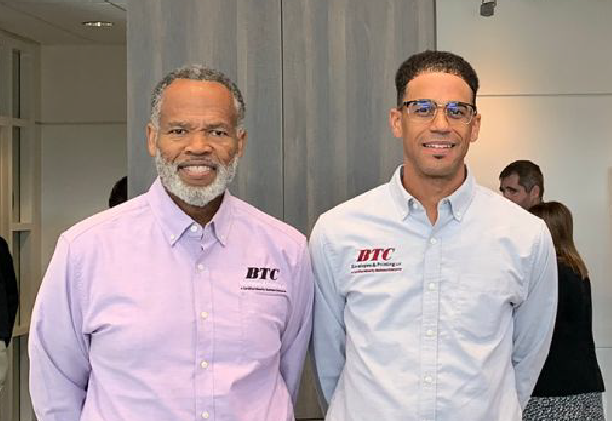- Financing solutions Connecting small business owners with financing solutions
- How it works Learn how we make the complex clear and the process seamless.
- About us We’re your dedicated small business financial partner.
Business Owners
September 23, 2024
Celebrating National Women's Small Business Month
Read More
Business Owners
March 05, 2024
Women-Owned Business Certification: Learn About How To Get Yours
Read More
Business Owners
October 16, 2023
Celebrating Women Entrepreneurs for National Women’s Small Business Month
Read More
Business Owners
October 10, 2023
October is National Women’s Small Business Month
Read More
Business Owners
September 01, 2023
The Importance of National Hispanic Heritage Month
Read More
Business Owners
August 09, 2023
Supporting Black Businesses: More Important Than Ever
Read More
Business Owners
July 14, 2023
Get to Know Your Customers and Get Ahead
Read More
Business Owners
July 12, 2023
What Do Small Business Owners Need to Be Successful?
Read More
Business Owners
May 23, 2023



